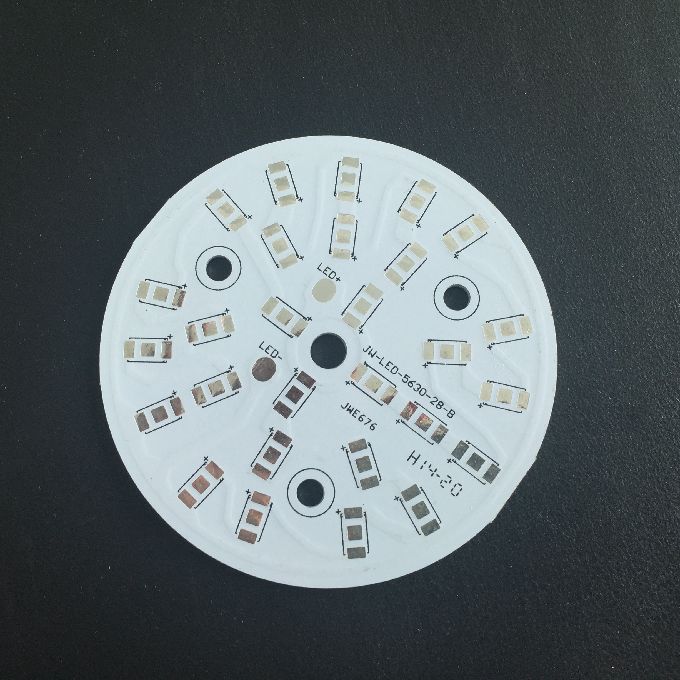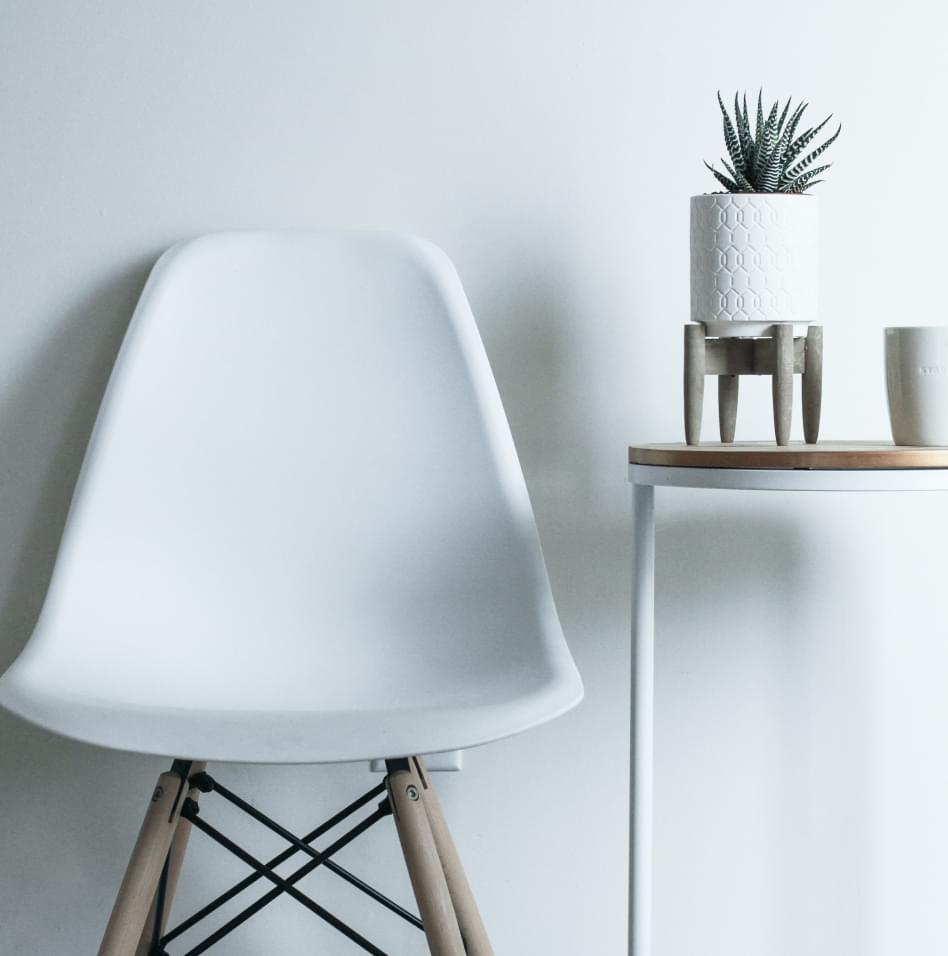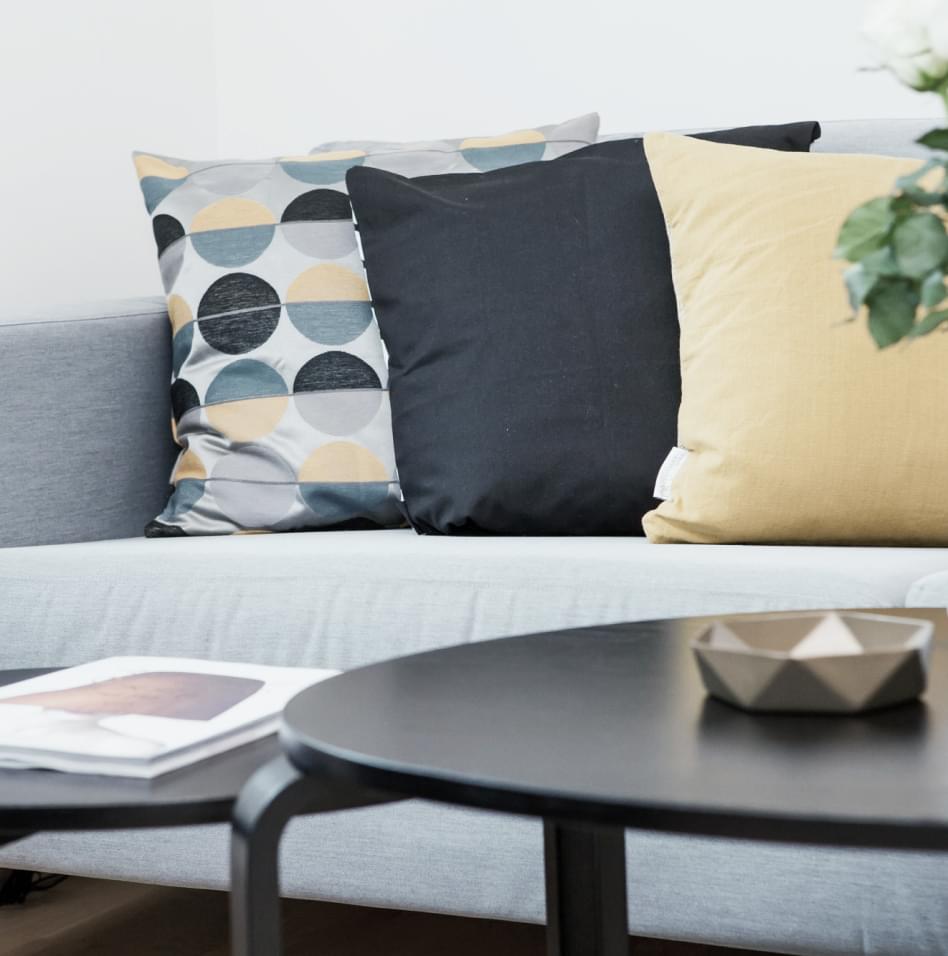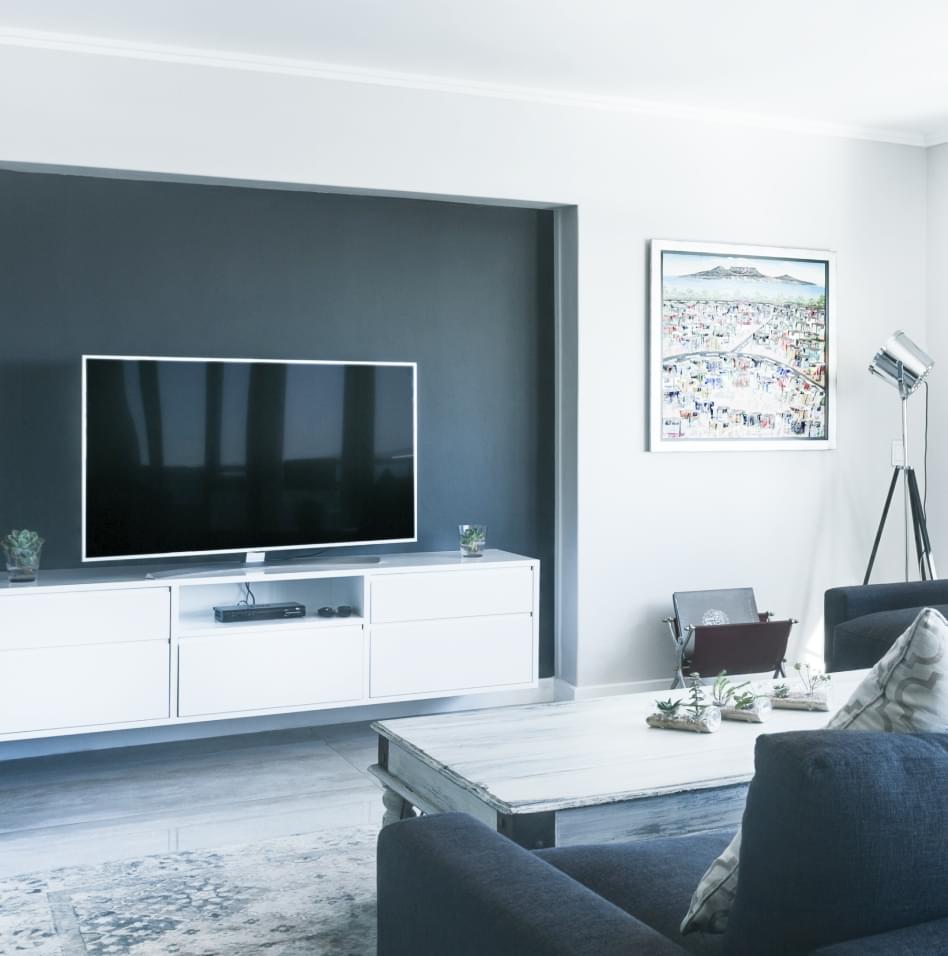Trade Global

What Are Steel Round Bars
Steel round bars refer to the cross-section of real long steel bars. The difference between steel round bars and other steel bars: The appearance is different, the steel round bars' appearance is round, with no pattern and no ribs, and other reinforced surfaces have carved ribs, which causes the small bonding power of round steel and concrete. The intensity is different, the strength of the round steel is low, and another steel strength is high.
Classification of Steel Round Bars
Classified by Process
Steel round bars are divided into three types: hot rolling, forging, and cold pull.
Classified by Chemical Composition
Steel round bars can be divided into low-carbon steel, medium-carbon steel, and high-carbon steel according to the carbon content.
(1) Low-carbon steel
Low-carbon steel is also called soft steel. Low-carbon steels are easy to receive various processing, welding, and cutting, which are commonly used in manufacturing chains, rivets, bolts, shafts, etc.
(2) Mid-carbon steel
Mid-carbon steel is divided into ordinary carbon structural steel and high-quality carbon structural steel according to product quality. Mid-carbon steel heat processing and cutting performance are good, and welding performance is poor. Its strength and hardness are higher than low-carbon steel, while plasticity and toughness are lower than low-carbon steel. After quenching and recovery, carbon steel has good comprehensive mechanical properties. Therefore, in the various uses of medium-intensity levels, medium-carbon steel has been widely used. In addition to being used as a building material, it is also used to make a large number of mechanical parts.
(3) High-carbon steel
High-carbon steel can harden and ignite. Hammers, crowbars, cutting tools such as drill heads, and silk attacks are made of high-carbon steel.
Classified by Steel
The quality of steel can be divided into ordinary carbon steel and high-quality carbon steel.
(1) The content of ordinary carbon steel to the content of carbon content, performance range, phosphorus, sulfur, and other residual elements is relatively wide. Some carbon steel also adds trace aluminum or crickets to form nitride or carbide particles to strengthen steel and save steel.
(2) Compared with ordinary carbon steel, high-quality carbon steel has a low content of sulfur, phosphorus, and other non-metal mixed materials.

Downlights: Classifications, Materials, Characteristics
Downlight classifications
1. According to the installation method: embedded downlights and surface mounted downlights.
2. According to the installation method of the lamp, it is divided into a spiral lamp holder and plug-in lamp holder, vertical downlight, and horizontal downlight.
3. According to the place: household downlights and engineering downlights.
4. According to the number of light sources: single downlight and double downlight.
5. According to the anti-fog situation of the light source: ordinary downlights and anti-fog downlights.
6. According to the size: 2 inches, 2.5 inches, 3 inches, 3.5 inches, 4 inches, 5 inches, 6 inches, 8 inches, and 10 inches.
(According to the relevant standards of the US Energy Star certification, the aperture size of the downlight refers to the maximum distance between the two points inside the light outlet of the lamp)
7. According to the type of light source: ordinary downlights and LED downlights.
Downlight Materials
1. The maximum size of general household downlights is no more than 2.5 inches, and it is enough to put 5W energy-saving lamps.
2. LED downlights are only available in modern times and can be used as a substitute for ordinary downlights. The light is better than ordinary ones. The only disadvantage is that if 1 or 2 light points are broken, they cannot be replaced.
3. There are also many kinds of downlight cover materials, such as iron surface, pure aluminum, die-casting, and other materials. Generally speaking, iron-surfaced downlights are cheap, while pure aluminum and die-casting materials are more expensive but more durable.
4. The lamp holder of the downlight is a more important part. The main material of the lamp holder is ceramic. The reed inside is the most important. There are two kinds of copper and aluminum. Good brands use aluminum to do it, and spring is installed under the contact point to enhance the contact. The other is the power cord of the lamp holder. Good brands use three-wire wiring lamp holders (three-wire, namely live wire, neutral wire, and ground wire), and some will bring terminals. This is also a very basic way to distinguish good brands from ordinary brands.
Characteristics
1. Compact and high luminous flux. Equipped with energy-saving lamps, the power consumption is 1/5 of that of incandescent lamps, but the lifespan is 6 times that of incandescent lamps.
2. There are two kinds of reflectors, mirror and frosted. A mirror-like reflector that brings a sense of flickering, and a frosted reflector for the ceiling with moderate brightness.
3. The sliding fixed card is adopted, which is convenient for construction. It can be installed on ceilings with different thicknesses from 3mm to 25mm, and the lamps can be easily removed during maintenance.
4. There are many color temperatures of energy-saving lamps. The commonly used three types are 6400K (white light), 4000K (neutral light), and 2700K (yellow light). These three color temperatures can create different atmospheres. The most suitable color lamps can be selected according to different purposes.

Types of Packaging Material
The following list of packaging materials includes:
Glass
Metals
Of all packaging materials, metals are the most adaptable. They combine superior physical protection and barrier qualities with formability, the possibility to be decorative, recyclability, and customer acceptance. Under low oxygen pressure, metal containers are vacuum-sealed before being thermally sterilized. Metal containers prevent as much oxygen, light, and moisture from entering as possible, preventing nutrient breakdown. Cost, weight, and the fact that they are challenging to crush are the three main drawbacks of metal containers.
Rubbers
Excellent material for creating seals that are applied to closures like vial bungs or in comparable applications like gaskets in aerosol cans.
Natural Rubbers: Since rubber reseals after numerous needle insertions, they are appropriate for multiple-use closures for injectable products.
Synthetic Rubbers: Has fewer additives, making it less extractable, and has a tendency to absorb product constituents less thoroughly. It is less ideal for repeated needle insertions because they frequently fracture or introduce tiny rubber particles into the product.
Plastics
Condensation, addition, or crosslinking polymerization of monomer units produces plastics. Condensation polymerization produces water or alcohol together with the growth of the polymer chain through interactions between molecules.
In order to create thermostable packages using polymers with low melting points or retortable packages using high melting point plastics, the thermal and mechanical properties can be partially altered. Additionally, very flexible, semirigid, and rigid structures can be created.
Blister Pack
The unit-dose packaging for pharmaceutical tablets and capsules is frequently blistered packs.



